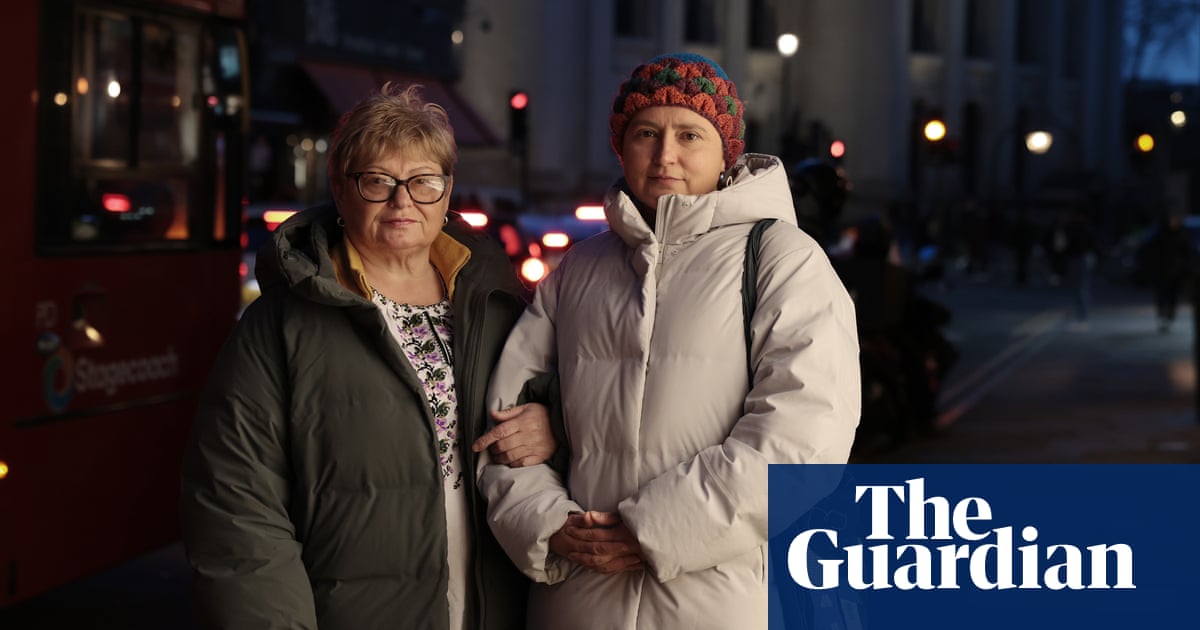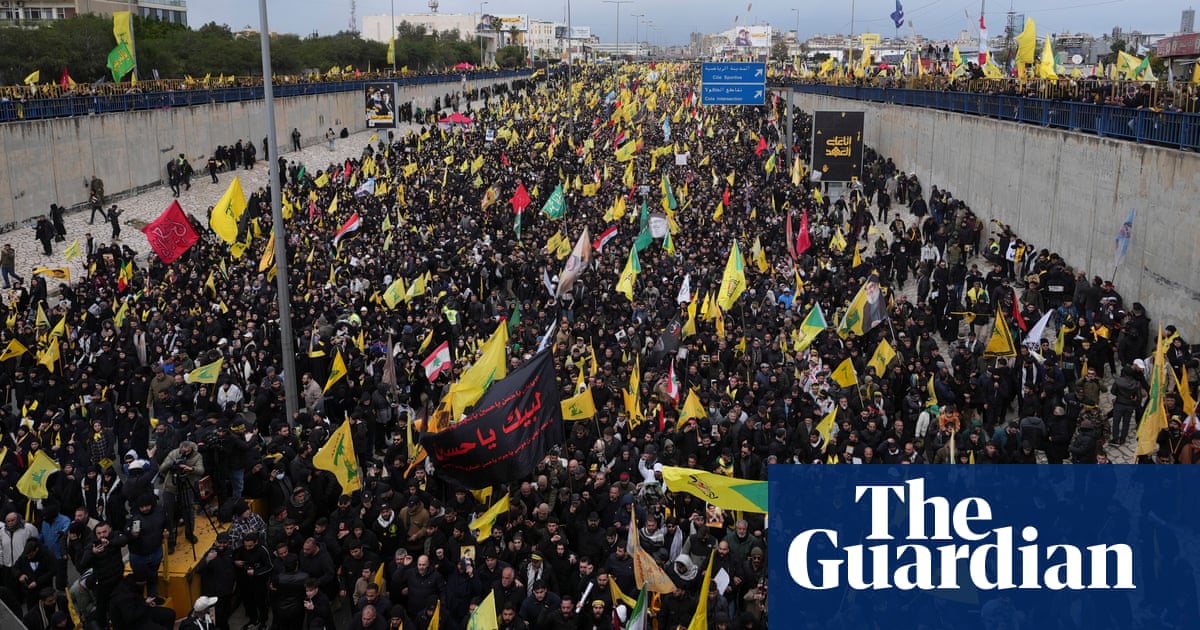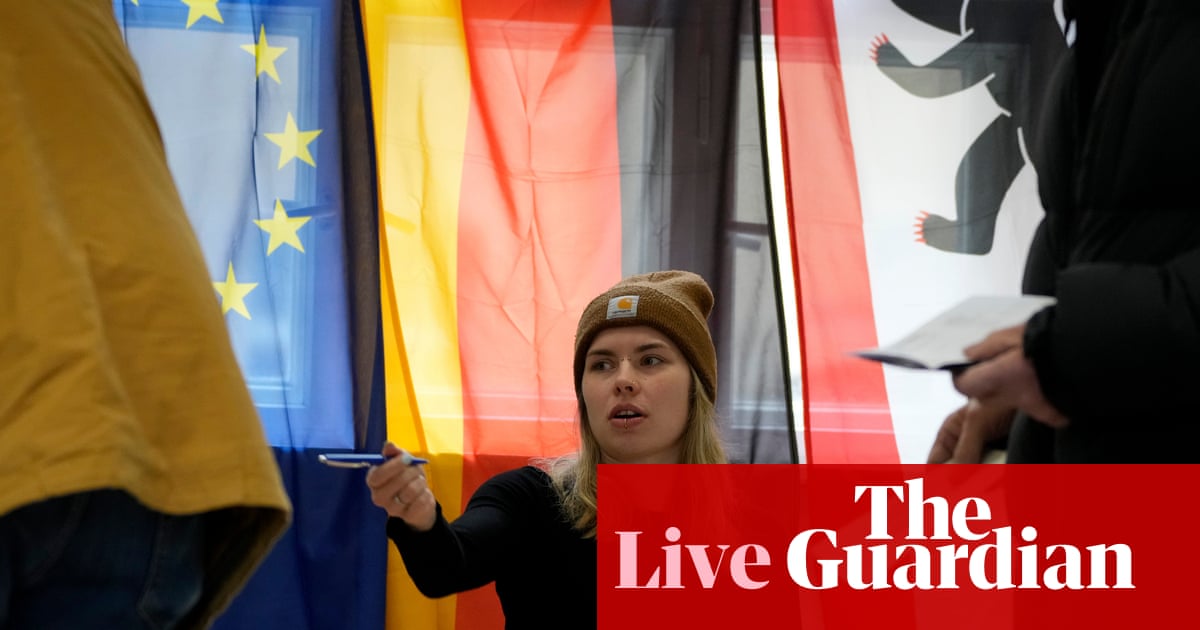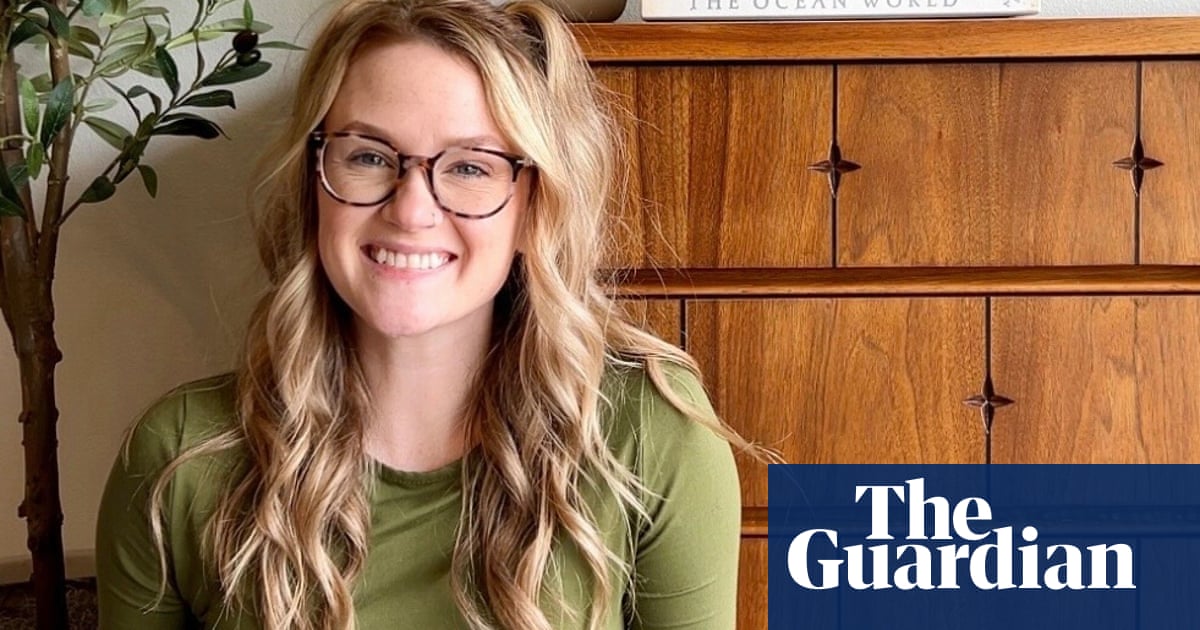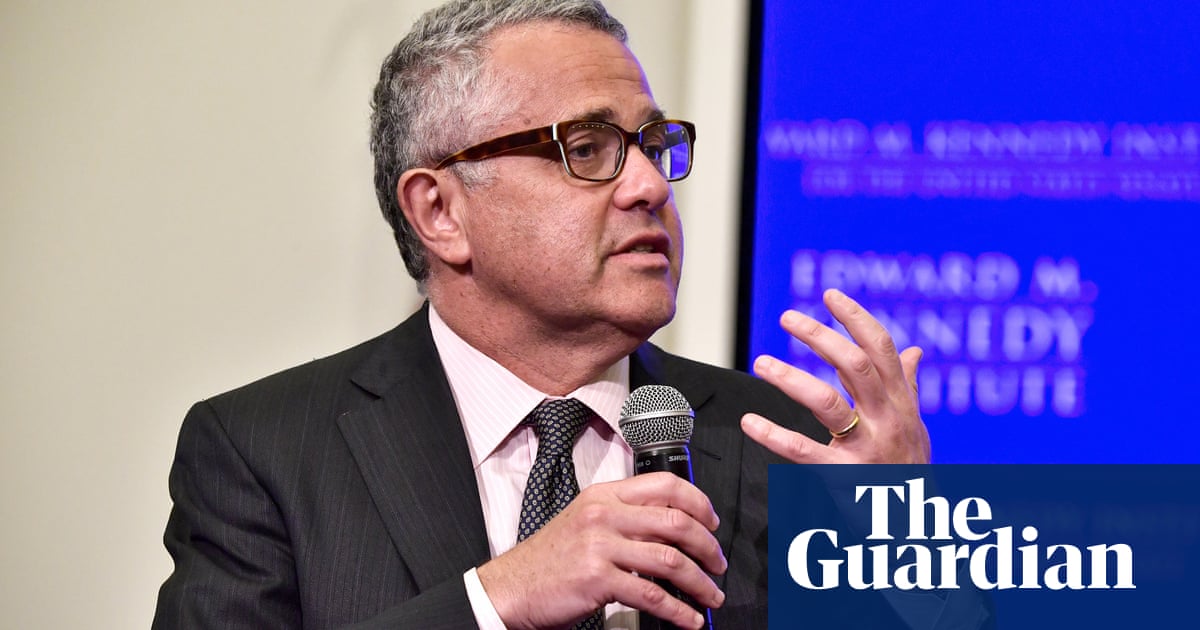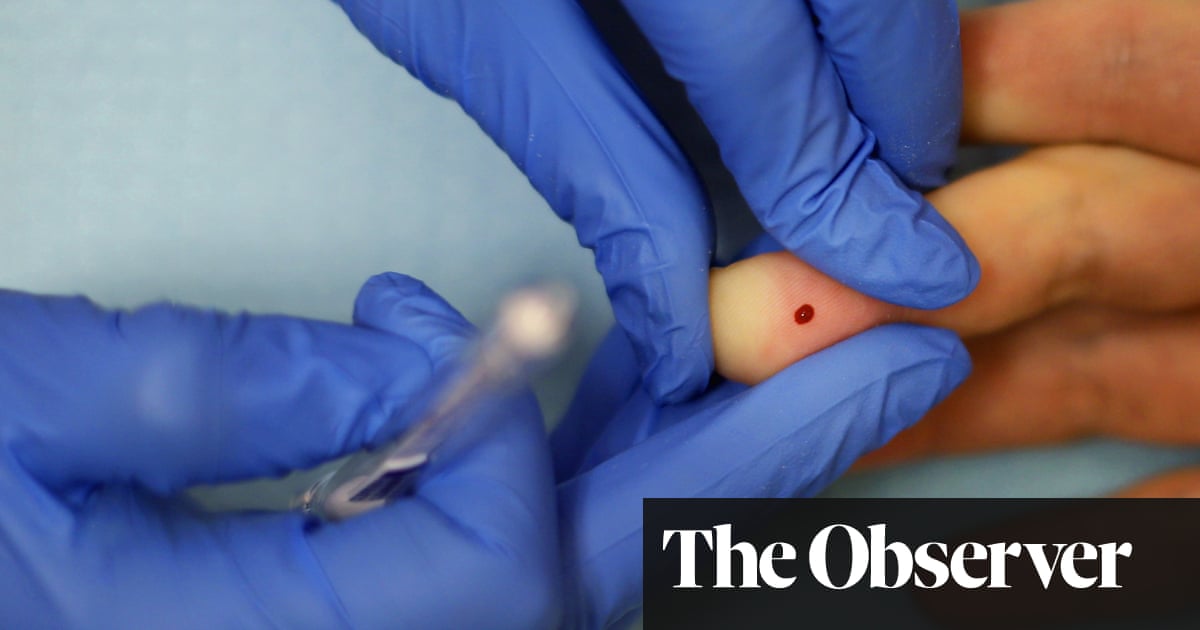The Manhattan photographer Fred McDarrah came to prominence documenting the Beat movement that overtook Greenwich Village in the 1950s, capturing, among others, Jack Kerouac (who sat for a portrait in McDarrah’s apartment) and one of the earliest photos of a very young and unknown Bob Dylan. It was this portfolio that made his name at the Village Voice, where he would work for an astonishing 50 years, but toward the end of the 1960s McDarrah began to photograph an entirely new movement sweeping over the Village.
In spring 1966 at Julius’s Bar, a short walk from the Stonewall Inn, four gay men – Dick Leitsch, Craig Rodwell, John Timmons and Randy Wicker – engaged in what they termed a “sip-in” in order to challenge a law that made it a prosecutable offense for one man to buy another a drink. It was one of the first salvos in the incipient gay rights movement, and McDarrah was there to see it, perfectly capturing the decisive moment when a bartender – collaborating with the group – placed his hand over the drinks and stated that it was against the law to serve the men. The image is a perfect distillation of the encounter, a moment when customer and bartender are exchanging deep, meaningful looks that say so much more than words.
This image is one of over 60 photographs exhibited in the New York Historical’s new show, Fred W McDarrah: Pride and Protest, capturing four decades of work that McDarrah made documenting the fight for civil rights among Manhattan’s LGBTQ+ community. The show powerfully tells the tale of the fight for rights in New York City, as well as offering a chance to be immersed in the unique New York vibe of McDarrah’s work.

In addition to being on the scene for the 1966 sip-in, McDarrah was also there for the 1969 incident at the Stonewall Inn, which sparked a six-day uprising that is widely seen as the major pivot point in the battle for LGBTQ+ rights in the US. At the time of the uprising, the Stonewall Inn was owned by the mafia, which considered the roughly monthly police raids on its LGBTQ+ clientele to be a mere cost of doing business. But it was not business as usual on 28 June 1969, as the raid that occurred that night let to a pitched battle between patrons and police that spilled over for a total of six days of chaos. That uprising galvanized a movement for the liberation of LGBTQ+ individuals.
For the curator Marilyn Satin Kushner, who oversees this show, the idea was to include Stonewall as the major turning point, but to present a much larger story through photos from the 1950s up through 1993, when New York City mayor David Dinkins became a leader in marriage equality by issuing an executive order allowing gay and lesbian couples to form domestic partnerships. “I thought the executive order was a very salient moment to end on,” Kushner told me. “We’ve added a lot of contextual information to organize the photos from a more historic and chronological point of view. We wanted to really tell the whole story of before and after Stonewall, chronologically from before the 50s up through 1993.”

Kushner found the photos from the 1970s particularly stirring, including many of the first marches for gay liberation, which would later become the annual June Pride parade. She saw these photos of capturing the wired feeling in the air of the tumultuous decade, which saw numerous forms of protest, as tensions from the battles over the Vietnam war, the women’s rights movement, and the Black civil rights struggle boiled over.
“What resonates is how quickly everybody came out and began to fight for their civil rights,” she said. “The 70s was a time when people were marching in the streets for everything, an amazingly intense and rich time. McDarrah was telling a story that was so deep and important and full of emotion. You see that effervesce and almost relief that you would march in the streets and show yourself and be proud of it.”
Kushner sees the civil unrest of the 70s as colliding with the Aids crisis of the 80s, creating an ongoing climate of uncertainty. The show scatters reminders of the toll that HIV took on the queer community by noting how so many of those who were pictured by McDarrah ultimately ended up succumbing to the disease. McDarrah also documents the massive Aids memorial quilt, which would ultimately end up dominating the National Mall in Washington DC in October 1987 during the Second National March on Washington for Lesbian and Gay Rights, and returning in larger and larger formats in 1992 and 1996.
There are also riches here from before the formal era of the LGBTQ+ civil rights struggle. Of note among the pre-Stonewall treasures in this collection is a trove of portraits that McDarrah made of gay and lesbian luminaries, among them James Baldwin, WH Auden, John Cage, Robert Rauschenberg and Susan Sontag. These images highlight what a rich community existed among gay and lesbian individuals, even though much of that was invisible in the period before Stonewall.

One reason that Kushner was eager to bring Pride and Protest to the New York Historical was because of the sizable queer audience in New York City, reflected by the society’s plans to offer an entire floor of its upcoming Tang Wing for American Democracy to queer history. “There’s such a huge queer community here,” she said. We’re putting up a big extension on to building, and one whole floor of that extension is to be an LGBTQ+ museum. This show was made for us.”
In the end, Kushner sees McDarrah as the quintessential New York photographer, bringing a unique view to the fight for LBGTQ+ rights that has been waged for decades in New York City. Pride and Protest makes known that McDarrah himself was an important part of the city itself, a person who should be remembered and celebrated. “He was there, and he felt it and loved it and you could see that in his images. He’s history,” Kushner said. “You don’t have to read a book to understand what was going on, it’s there in pictures in stead of there in words. That’s extremely important when telling the history of a place.”
-
Fred W McDarrah: Pride and Protest is on show at the New York Historical until July 2025

 2 months ago
54
2 months ago
54

